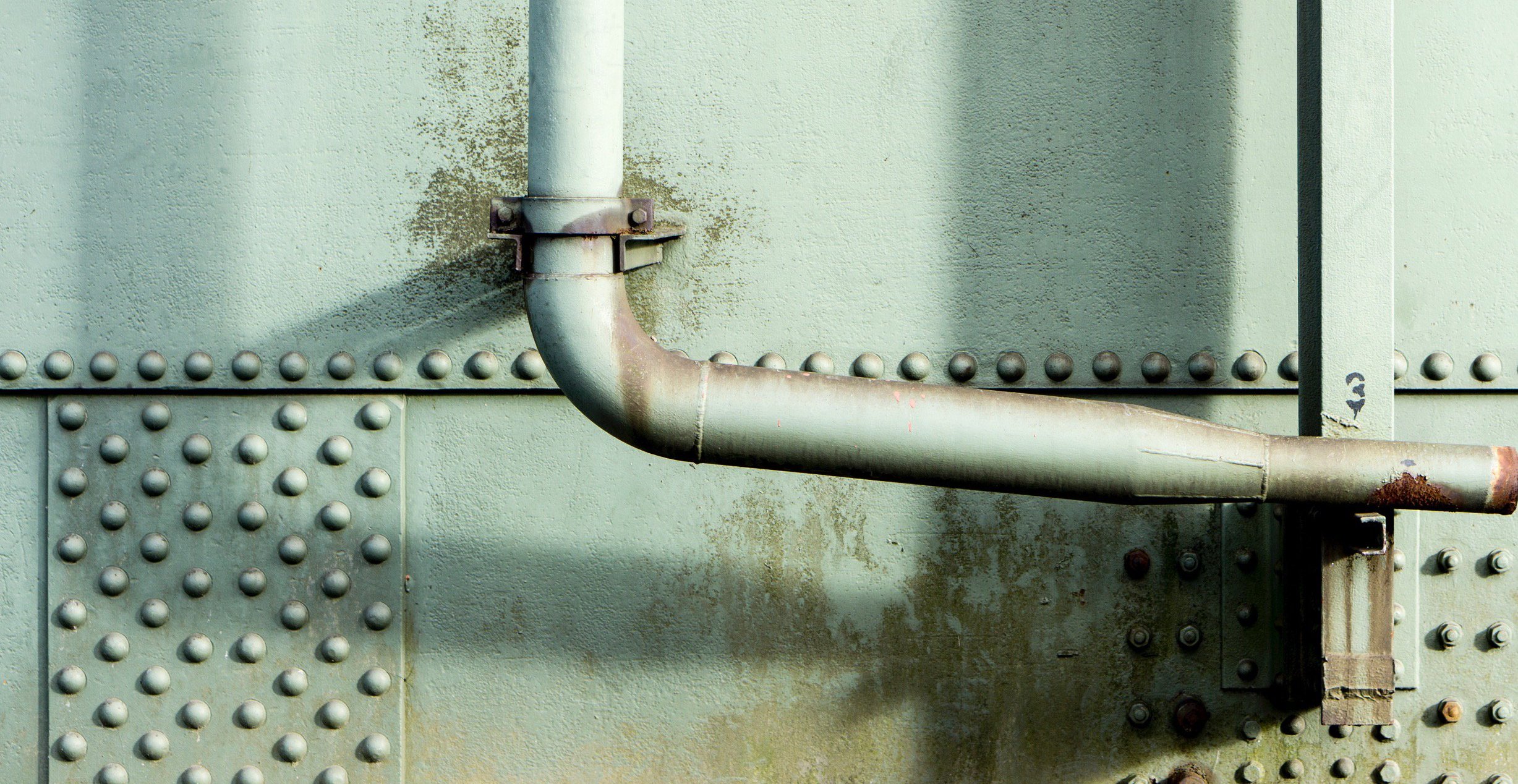Rivets: Strength in Small Packages

The Titanic, a ship once hailed as unsinkable, met its fate in the icy waters of the North Atlantic. The iceberg became infamous as the cause of the disaster. But the real culprit behind its rapid descent was a much tinier enemy: rivets.
The ship sank quickly because of 3 million bad wrought iron rivets, according to metallurgist Tim Foecke. The rivets contained triple today's permissible slag levels. This made them brittle in freezing seawater. Upon colliding with the iceberg, their heads broke off. This allowed seawater to invade through the separated hull plates.
Early rivets were straightforward, ideal for connecting two metal sheets. But as structures became larger and heavier, rivets had to evolve. Heat-treated steel rivets emerged, with more strength and adaptability.
Here’s a rundown of the many rivet versions and applications:
- Speed Rivets
Speed rivets are designed for quick installation. They work as an efficient solution for fast-paced assembly processes. Preloaded onto a mandrel—a modified nail gun—these rivets can be applied at a rate of up to 70 per minute. The machine automates the entire process, including the clamping and pulling of the rivet through the mandrel.
They also work with materials of varying thicknesses. Other benefits of using speed rivets include: no need for reloading the mandrel, since it’s preloaded with a large number of rivets. Secondly, it’s adaptable. For low cost, you can have a mandrel modified to work under various conditions.
Speed rivets are ideal for electronics, appliances, metal cabinets, and vehicle components. For additional info on speed rivets check out this post. - Solid/Round Head Rivets
The oldest and most reliable, these steel or aluminum rivets provide high-strength solutions, perfect for bridges and other heavy structures. - Semi-Tubular Rivets
These rivets feature a hole at the tip opposite the head, reducing the force needed for the application. Ideal for softer materials, they’re popular in the automotive industry. - Drive Rivets
Installed by striking the pin until flush with the head, these rivets are ideal for masonry or metal-to-wood applications. - Oscar Rivets
A type of blind rivet, Oscar rivets contain splits along the hollow shaft. These cause the shaft to bend and flare outward as it’s being drawn into the rivet. The wide surface created by the flare makes it less likely the fastener will be pulled out. - Blind Rivets / Pop Rivets
When the backside of a piece isn't accessible, blind rivets are the answer. Blind rivets do not allow access to the back of the material, while the front side is accessible.
Blind rivets work best for these uses:
- Attaching wall and ceiling decorations
- Affixing knobs and handles
- Securing hinges
- Clasping nameplates and signs
- Woodworking
- Fastening gutters
- Wind guards, window blinds and hangar straps
(For further details on blind rivets click HERE.)
Rivets have come a long way from the days of the Titanic but their correct application remains as crucial.
Photo by Aranka Sinnema on Unsplash
About the Author

Started my career in the fastener world in 1969 at, Parker Kalon Corp. a NJ based screw manufacturer located in Clifton, NJ working in inventory control, scheduling secondary production and concluding there in purchasing. In 1971 I accepted a sales position at Star Stainless Screw Co., Totowa, NJ working in inside sales and later as an outside salesman, having a successful career at Star I had the desire with a friend to start our own fastener distribution company in 1980 named: Divspec, Kenilworth, NJ. This was a successful adventure but ended in 1985 with me starting Melfast in August 1985 and have stayed competitive and successful to date. Melfast serves the OEM market with approximately 400 accounts nationally.